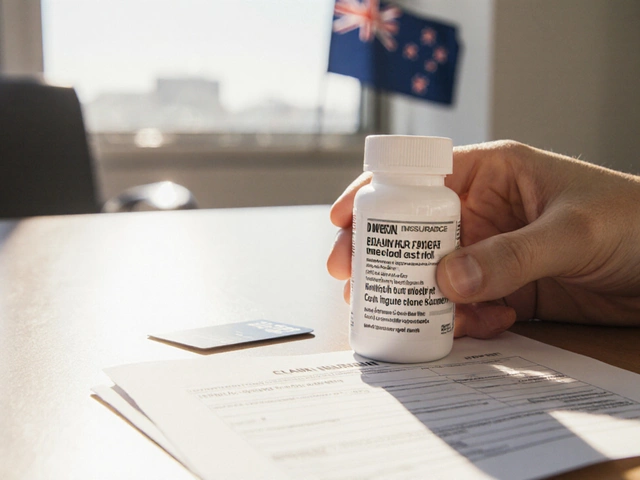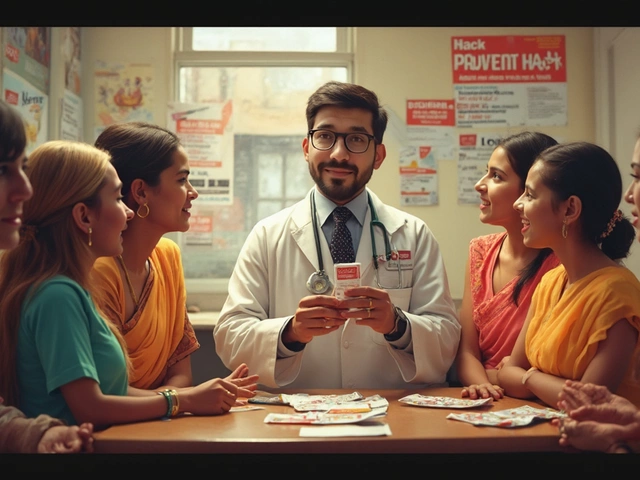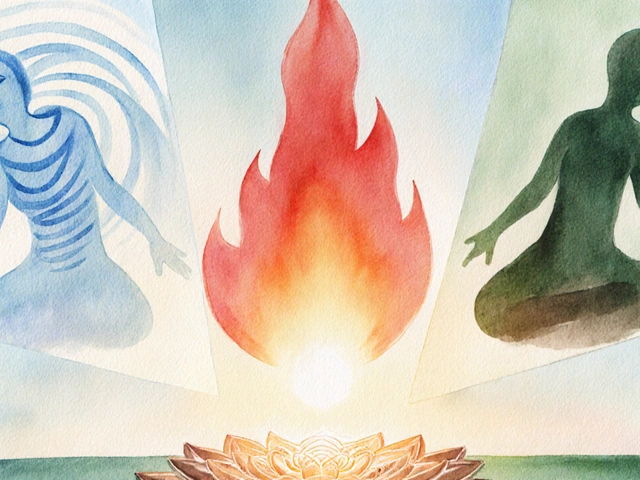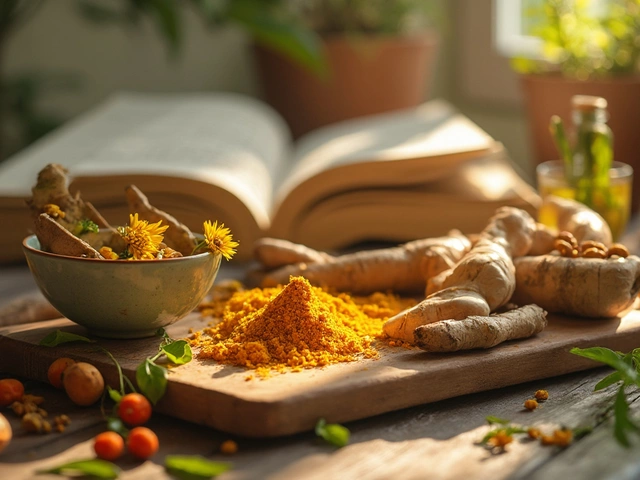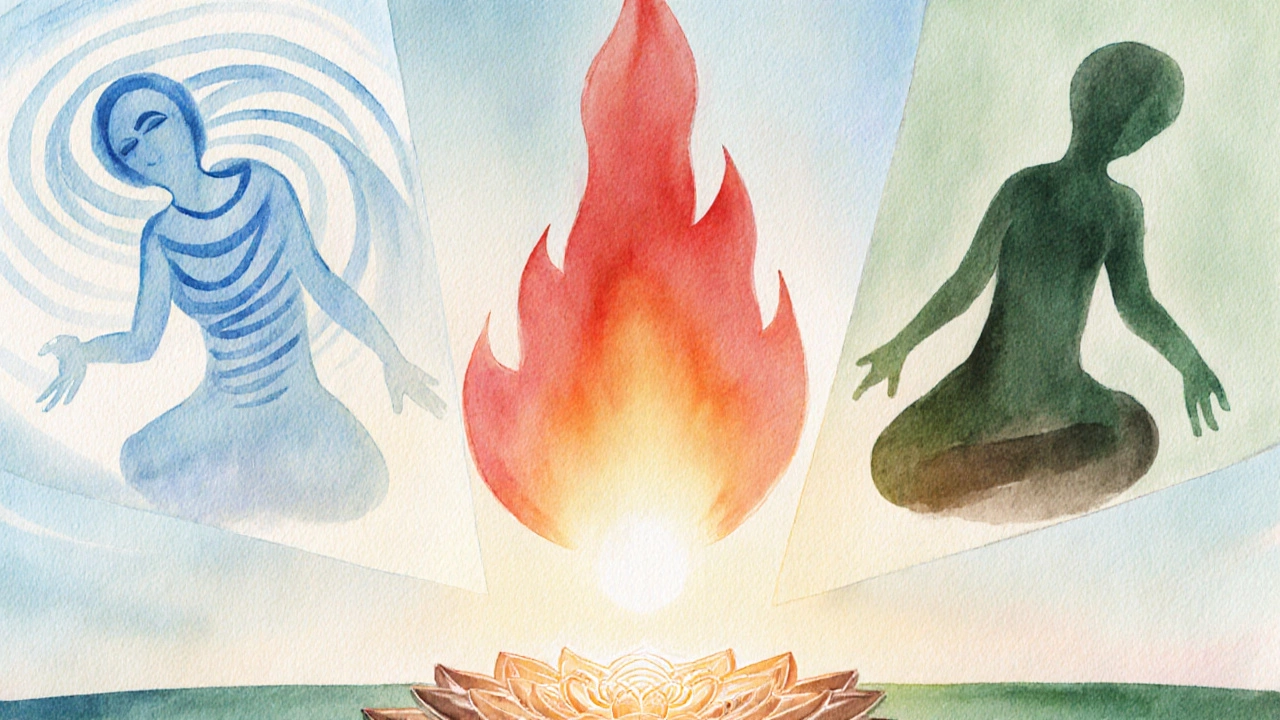
Ayurvedic Dosha Assessment Tool
This tool helps you identify your dominant dosha and provides personalized guidance to avoid common Ayurvedic mistakes based on your unique constitution. Answer the following questions truthfully for the most accurate results.
Dosha Assessment Questions
1. How often do you feel cold, even when others are warm?
2. How is your digestion?
3. How do you respond to stress?
4. What's your sleep pattern?
5. What is your energy level during the day?
Your Ayurvedic Constitution
According to the article, a common Ayurvedic mistake is ignoring your dosha balance. This is particularly important because:
Vata
Excessive cold foods can aggravate anxiety and joint pain.
Pitta
Spicy foods can trigger inflammation.
Kapha
Too many sweet or oily foods can lead to weight gain.
Your personalized guidance:
Ever tried an Ayurvedic remedy and felt worse instead of better? You’re not alone-many people jump into the practice without knowing the hidden traps that can turn a healing system into a source of imbalance. This guide breaks down the most common pitfalls, explains why they matter, and gives you a clear roadmap to stay on the safe side of Ayurveda.
Understanding the Core Concepts Before You Dive In
Getting the basics right is the first line of defense against mistakes. Below are the building blocks you need to master.
Ayurveda is a holistic medical tradition from India that aims to balance the body’s three energies, called doshas, through diet, lifestyle, herbs, and therapies.
Dosha refers to one of the three fundamental bio‑energies-Vata, Pitta, Kapha-that govern physical and mental functions. Each person has a unique dosha mix, known as their Prakriti, which determines what foods, routines, and herbs work best.
Agni means the digestive fire that breaks down food and fuels metabolism. When agni is weak, toxins (ama) build up, leading to sluggishness, skin issues, and more.
Ama is the sticky, poorly digested residue that can clog channels and cause disease. Detecting ama early-through symptoms like heaviness, bad breath, or cloudy urine-lets you correct it before it spirals.
Mistake #1: Ignoring Your Dosha Balance
Many newcomers assume a “one‑size‑fits‑all” diet-like eating a lot of raw salads or drinking cold water-without checking which dosha dominates. For a Vata type, excessive cold foods can aggravate anxiety and joint pain; for Pitta, spicy foods can trigger inflammation; for Kapha, too many sweet or oily foods can lead to weight gain.
Solution: Get a simple dosha assessment (often a short questionnaire) and tailor your meals, sleep schedule, and exercise accordingly. Even a basic tweak-adding ginger tea for a Vata imbalance or cooling cucumber salad for a Pitta flare-makes a huge difference.
Mistake #2: Overusing Herbs Without Professional Guidance
Ayurvedic herbs are powerful, but they’re not over‑the‑counter multivitamins. Taking large doses of Ashwagandha for stress while also using sedatives can cause excessive drowsiness. Turmeric supplements mixed with blood thinners may increase bleeding risk.
Solution: Consult a qualified Vaidya, an Ayurvedic practitioner, before starting any new herb. They can recommend the right form (powder, oil, decoction), dosage, and timing based on your dosha and current health.
Mistake #3: Neglecting Agni-The Digestive Fire
Fast food, excessive caffeine, and irregular meals all weaken agni. When digestion is compromised, even the best‑intended herbs sit in the gut, ferment, and create ama.
Solution: Warm your meals, eat at regular intervals, and include gentle digestive spices like cumin, fennel, and black pepper. A daily cup of warm water with a pinch of salt can rev up agni without any fuss.
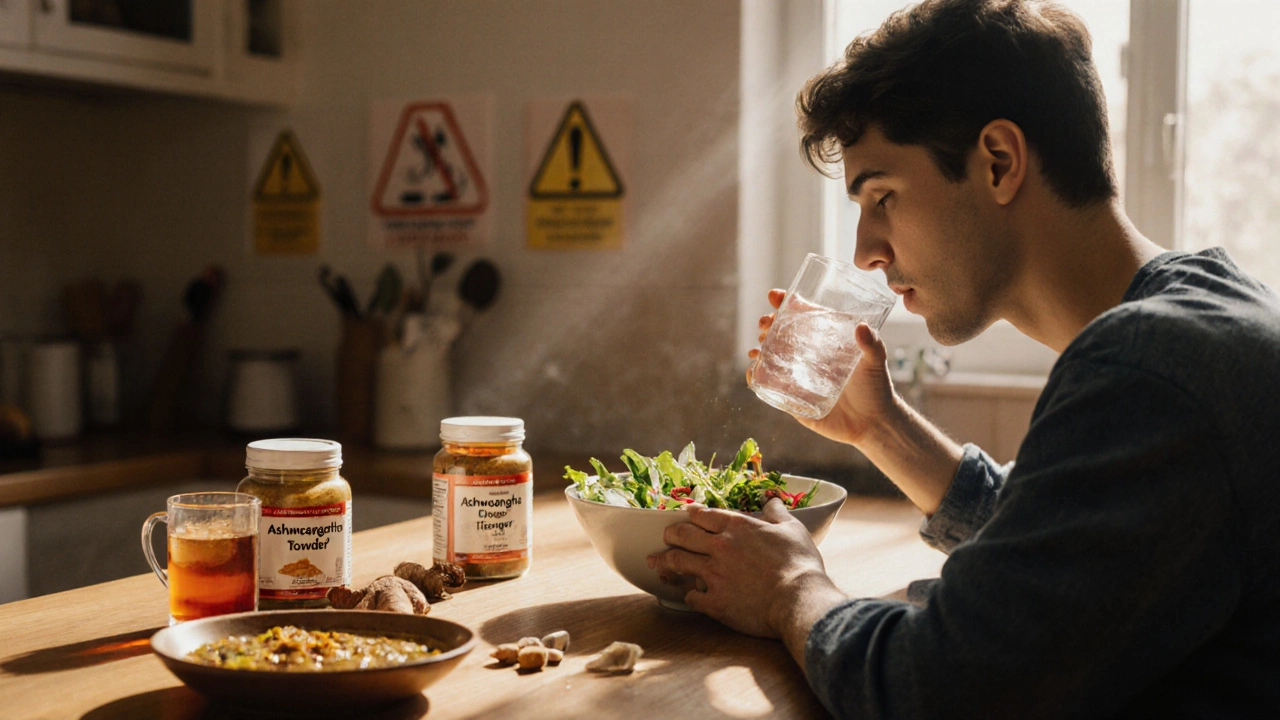
Mistake #4: Mixing Ayurvedic Medicines with Incompatible Foods or Drugs
Some Ayurvedic formulations contain heavy metals (like a small amount of mercury in certain rasayanas) that must not be combined with dairy or alcohol. Likewise, taking guggul (a resin used for cholesterol) alongside synthetic statins can cause liver stress.
Solution: Always read the label’s contraindications and ask your practitioner about possible interactions with any prescription drugs you’re already taking. When in doubt, space them out by at least two hours.
Mistake #5: Skipping Panchakarma When It’s Needed
Panchakarma is a deep‑cleansing series of five therapies designed to eliminate ama and restore dosha equilibrium. Some people think a quick herbal tea can replace it, but chronic imbalances often require this seasonal detox.
Solution: Schedule Panchakarma under the supervision of a certified center, especially if you’ve experienced persistent digestive issues, skin eruptions, or emotional turbulence. Even a single streamlined protocol-like Abhyanga (oil massage) followed by Shirodhara (oil drip on the forehead)-can reboot your system.
Mistake #6: Using Generic “Ayurvedic” Diet Plans Without Personalization
Online blogs often publish a “30‑day Ayurvedic diet” that prescribes the same set of foods for everyone. This ignores individual Prakriti, seasonal changes, and current health conditions.
Solution: Adjust any diet plan to your dosha, the season (Ritu), and your current agni status. For example, during the cold, damp winter (Kartik), Vata types benefit from warm, oily soups, while Kapha types should favor light, bitter greens.
Mistake #7: Relying on Low‑Quality Commercial Supplements
Not all Ayurvedic powders or capsule brands are created equal. Contamination with heavy metals, fillers, or synthetic additives can undo the benefits and even cause toxicity.
Solution: Choose products that have third‑party testing (e.g., USP, ISO) and clear sourcing information. Look for labels that specify the plant part used (root, leaf, seed) and the exact concentration (e.g., 500 mg of pure ashwagandha root extract).

Practical Checklist: What to Avoid in Your Ayurvedic Journey
- Assuming a single diet works for all doshas.
- Self‑prescribing herbs without a qualified Vaidya’s advice.
- Skipping regular meals or drinking iced beverages with meals.
- Combining Ayurvedic medicines with incompatible foods, alcohol, or prescription drugs.
- Neglecting detox therapies like Panchakarma when chronic ama is present.
- Following generic diet plans without personalizing for Prakriti and season.
- Buying cheap supplements that lack third‑party testing.
Side‑by‑Side Comparison of Common Pitfalls vs. Safe Practices
| Common Mistake | Why It’s Harmful | Safe Alternative |
|---|---|---|
| Eating cold foods regardless of dosha | Weakens Agni, creates Ama | Warm, cooked meals with spices suited to your dosha |
| Taking high‑dose herbs without guidance | Risk of toxicity, drug interactions | Consult a Vaidya; start with low dose, monitor response |
| Mixing Ayurvedic formulas with dairy/alcohol | Can precipitate heavy‑metal absorption, liver stress | Follow label contraindications; separate intake times |
| Skipping Panchakarma when Ama accumulates | Chronic imbalance, disease progression | Schedule a tailored Panchakarma cycle under supervision |
| Using non‑tested supplements | Potential contamination, ineffective dosing | Choose brands with third‑party certifications and clear sourcing |
By keeping these red flags in sight, you transform Ayurveda from a trendy experiment into a reliable path toward balance.
Quick Takeaway
One of the most common Ayurveda mistakes is treating the system like a one‑size‑fits‑all diet plan. Remember, Ayurveda thrives on personalization-your dosha, season, and digestive fire all shape the right choices.
Frequently Asked Questions
Can I practice Ayurveda without a Vaidya?
You can start with basic lifestyle habits-like warm meals and regular sleep-but for herbs, detoxes, or chronic issues, a qualified Vaidya is essential to avoid harmful interactions.
What foods should I avoid if I have a Vata constitution?
Cold, raw, and dry foods such as salads, ice cream, and crackers can aggravate Vata. Opt for warm cooked grains, soups, and moist vegetables seasoned with ginger, cinnamon, and ghee.
Is it safe to combine Ayurvedic supplements with my prescription medication?
Not always. Some herbs like guggul, licorice, or brahmi can affect liver enzymes or blood pressure. Always discuss any supplement with your doctor and Vaidya.
How often should I do Panchakarma?
Many experts recommend a full Panchakarma cycle once or twice a year, especially after seasons of excess eating or stress. Mini‑Panchakarma (e.g., Abhyanga + Shirodhara) can be done quarterly.
What signs tell me my Agni is weak?
Frequent bloating, gas, feeling cold, sluggish digestion, or a coated tongue are classic clues. Warm spiced teas and regular meals help revive Agni.

